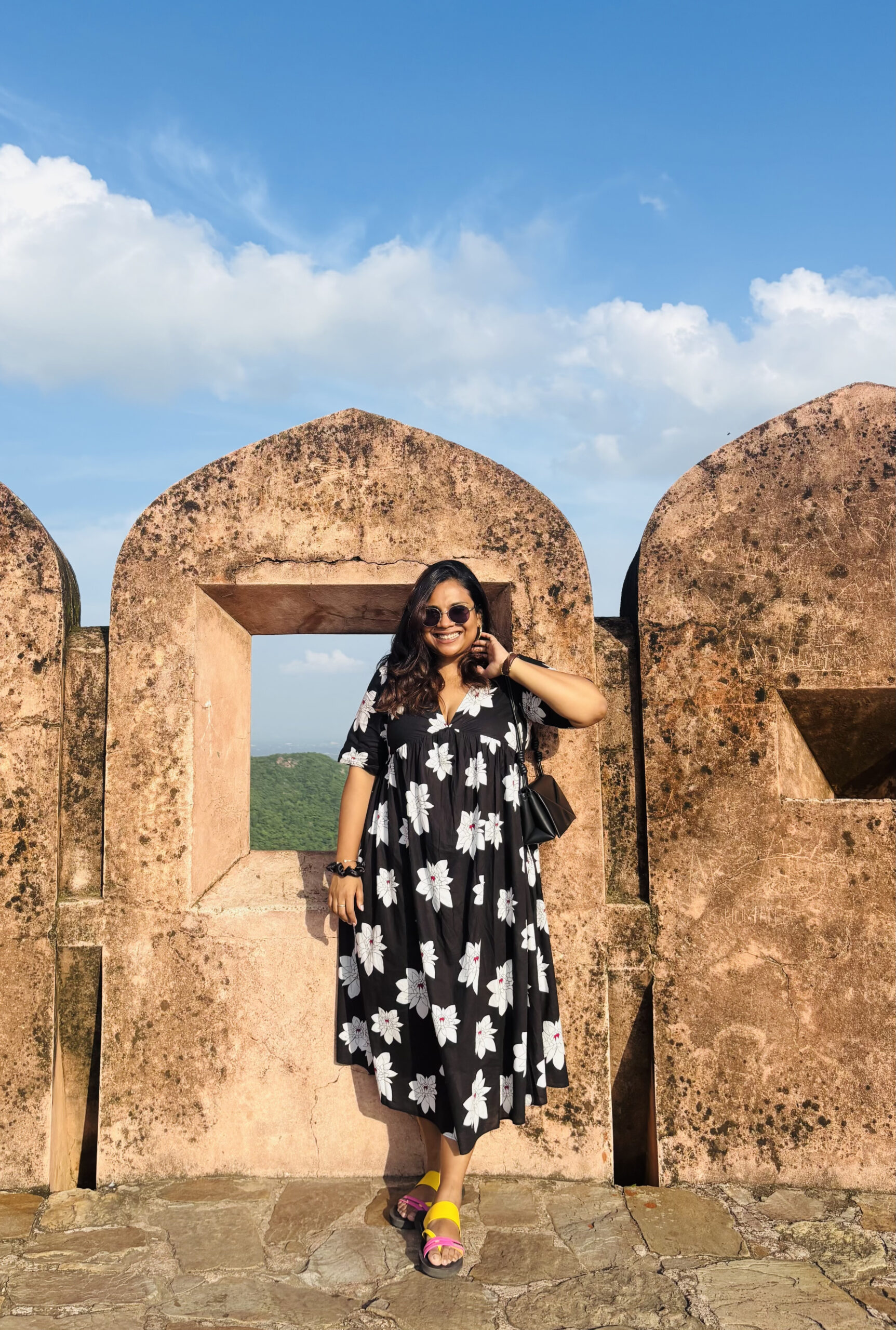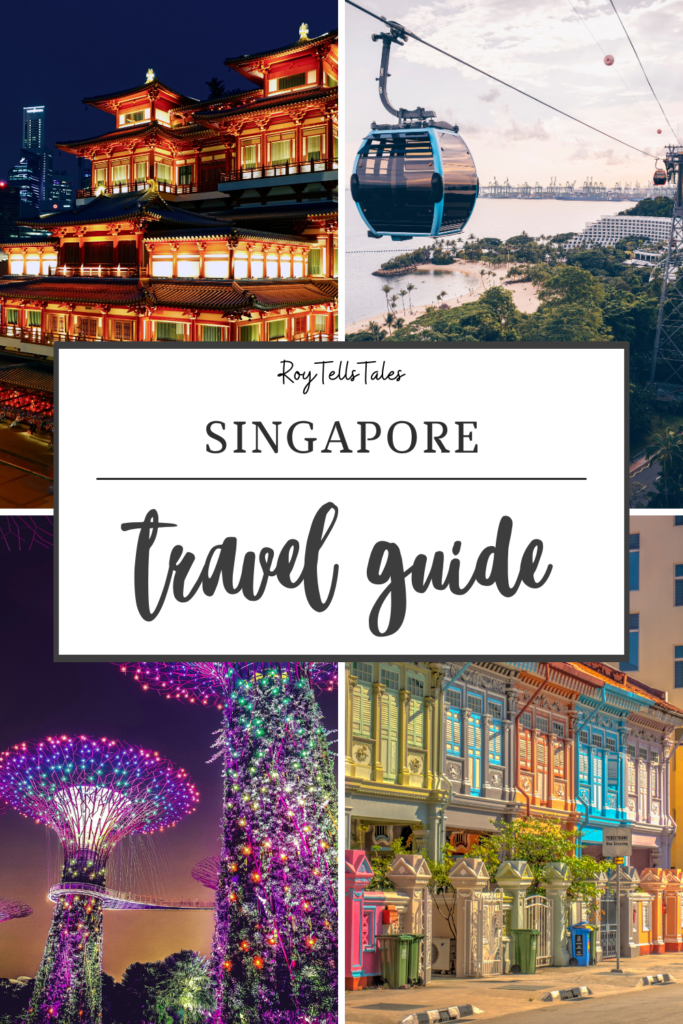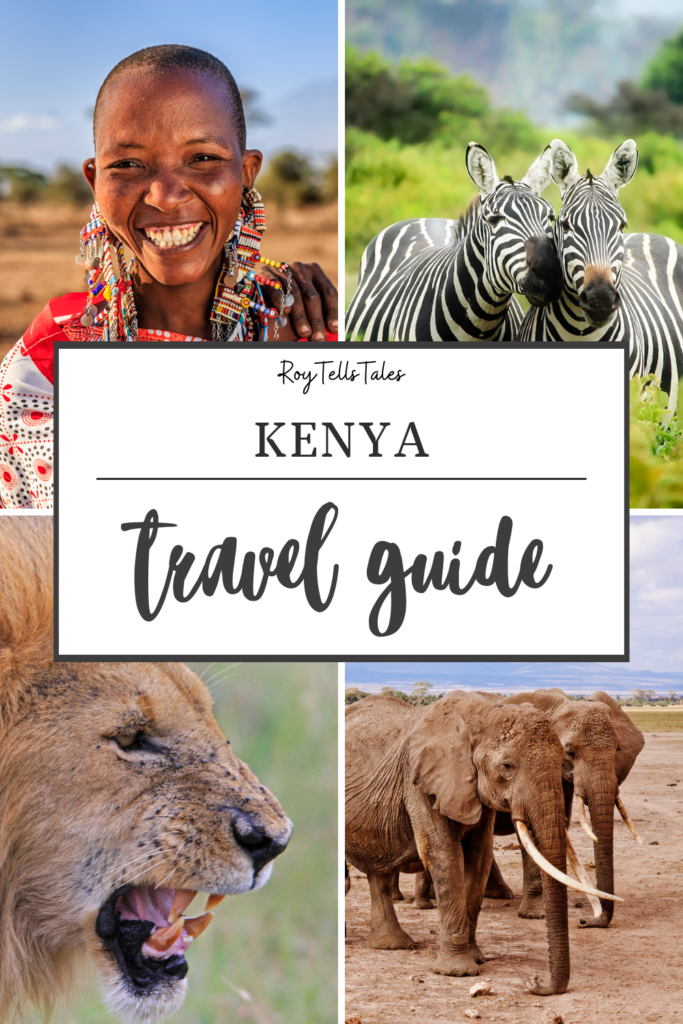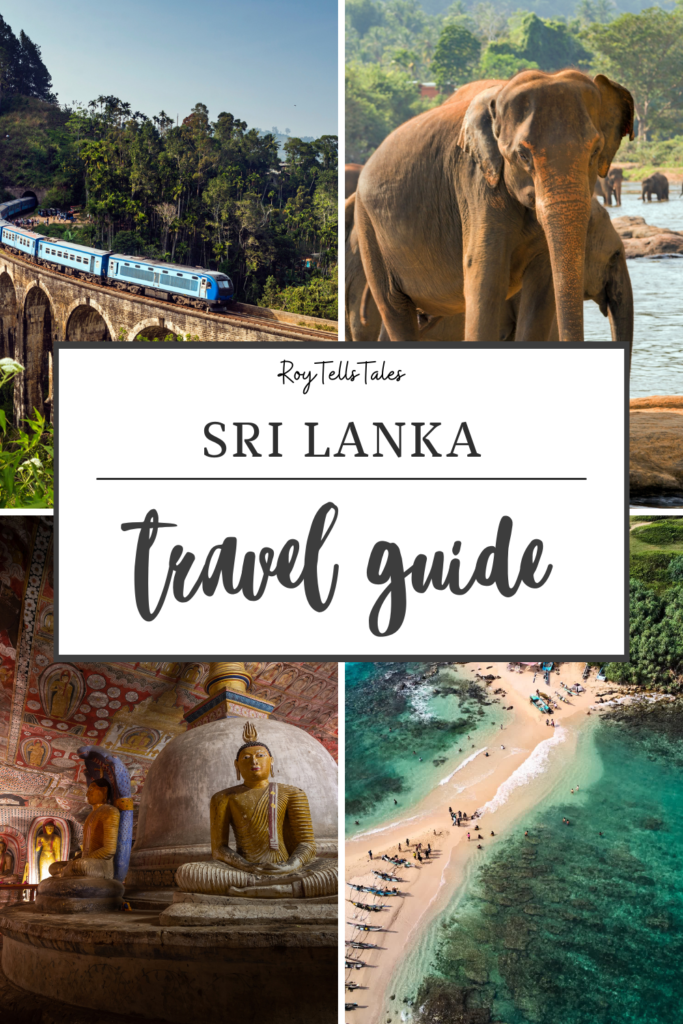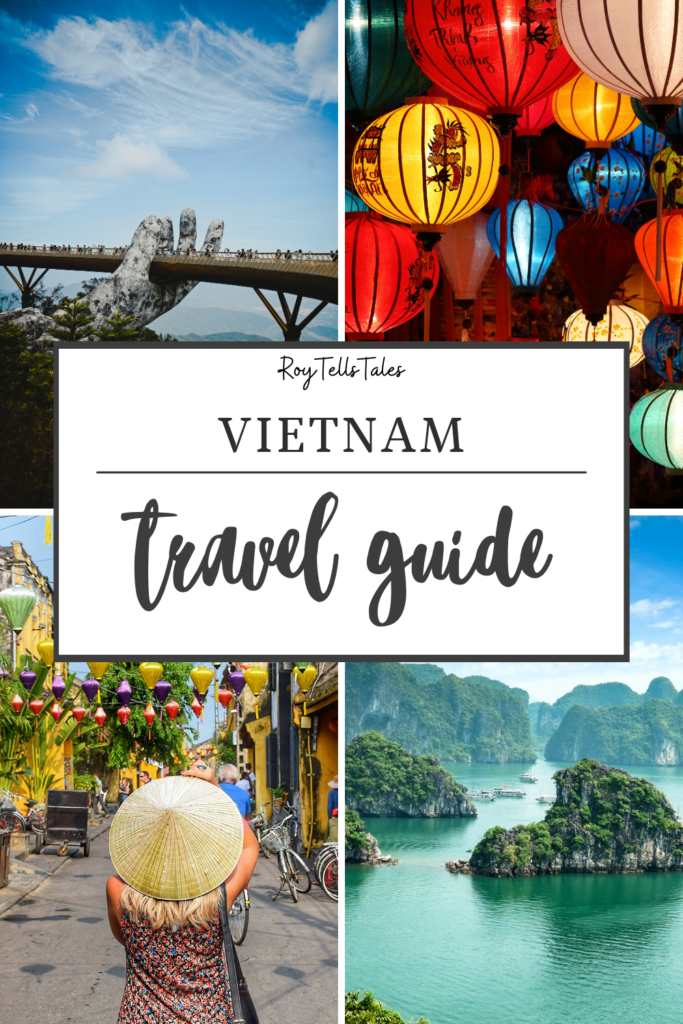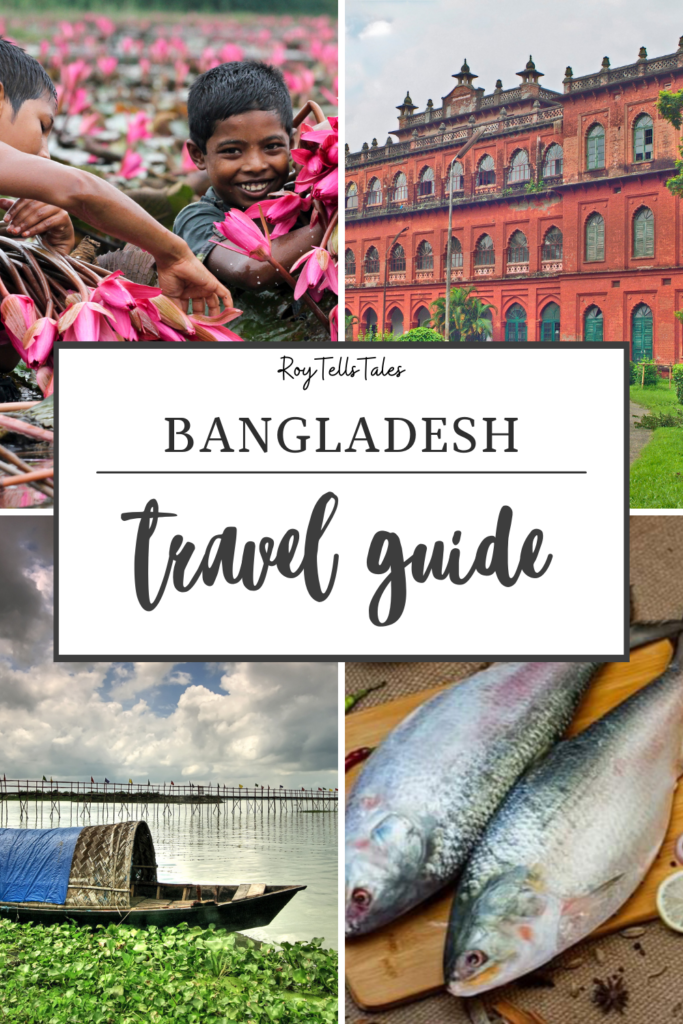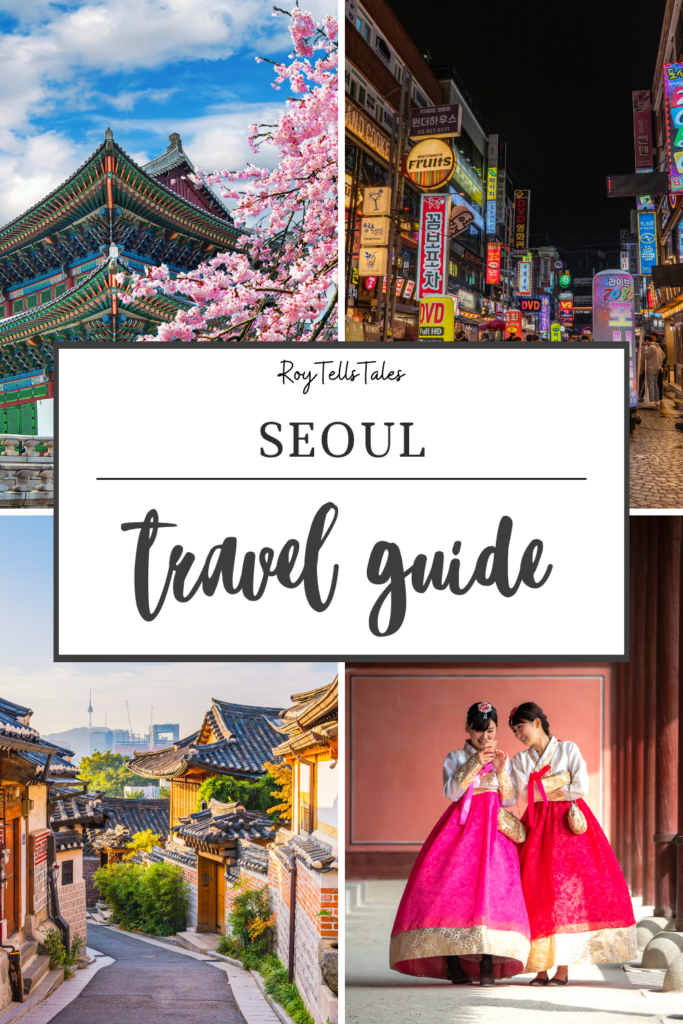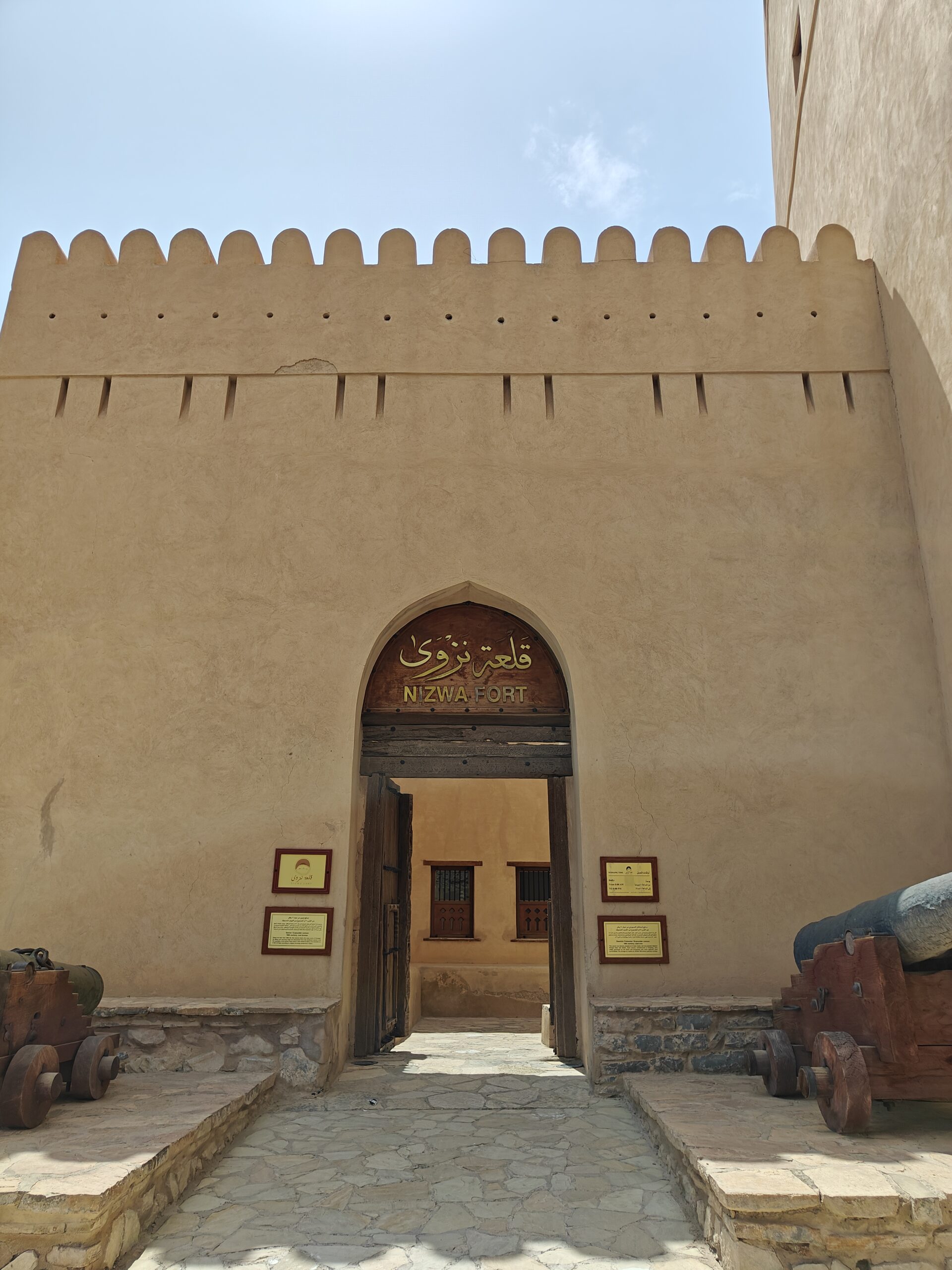

Is It Worth Visiting Oman? 6 Reasons to Visit Oman
Planning your next adventure and wondering if Oman is truly worth it? Maybe you’re caught between glitzy cityscapes and offbeat landscapes, trying to weigh value, culture, and the kind of memories you’ll bring home. With so many places to pick from, why choose this understated corner of the Arabian Peninsula?
Here’s my take. After consciously skipping Dubai, I spent five days in Oman, and I didn’t regret it for a second. From the timeless charm of Muscat to the wind-carved canyons of Wadi Shab, every day felt like uncovering a secret. Whether it was the hospitality of locals or the raw, natural beauty all around, Oman had a quiet way of pulling me in.
If you’re looking for something soulful, untouched, and deeply authentic, this might be it.
[Also Read: Is it safe to travel to Oman?]
Here are the best reasons to visit Oman, and I’m sure they’ll convince you to plan a trip.
Explore Muscat’s quiet elegance – from its grand mosques to bustling souks.
Muscat isn’t a city that shouts for your attention. It quietly draws you in. From its gleaming white architecture to the gentle rhythm of daily life, everything feels intentional and almost meditative. Grand mosques like the Sultan Qaboos Grand Mosque rise gracefully against the skyline, while the old souks hum with the scent of frankincense, rosewater, and spices.
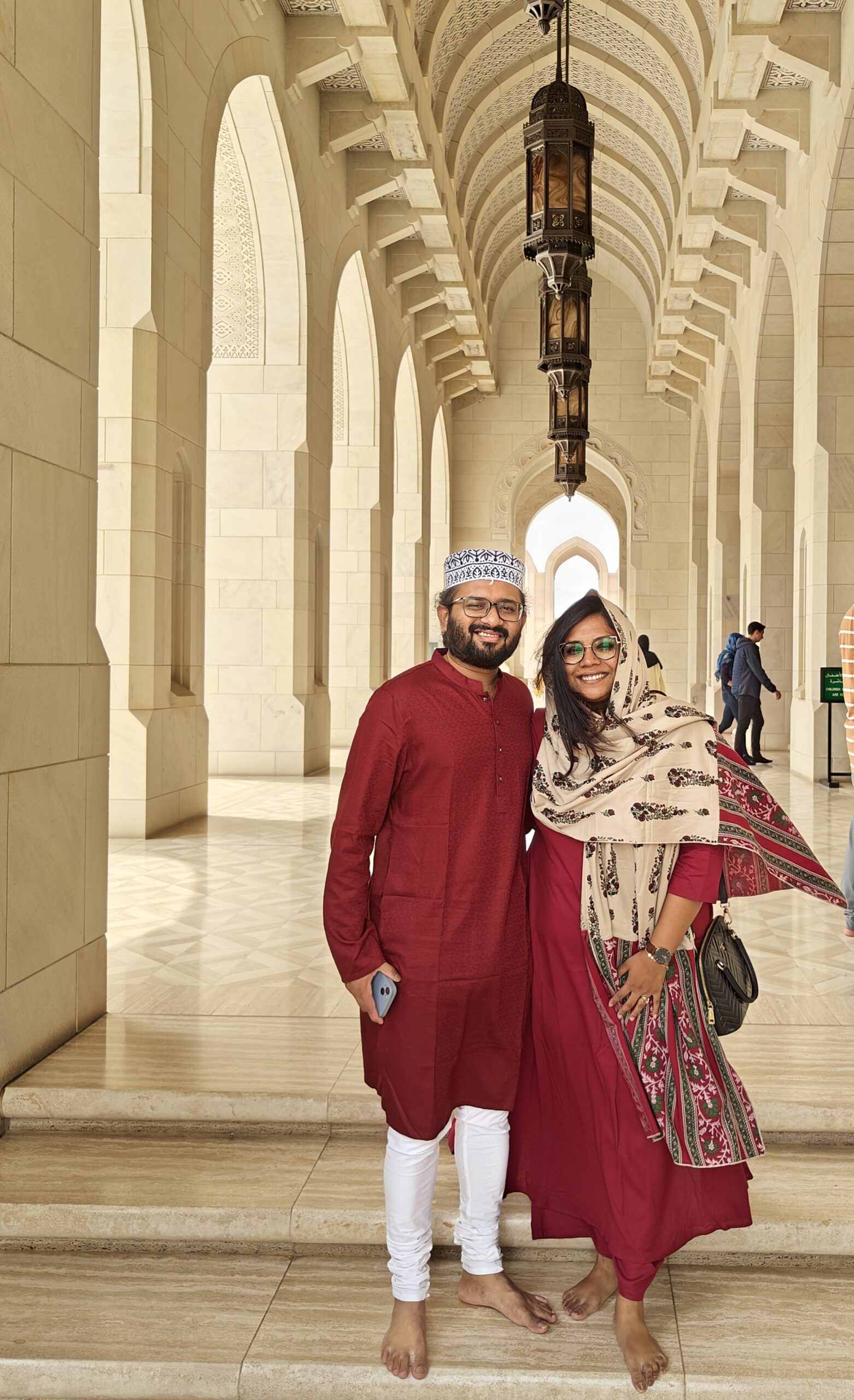
Sourav and I spent an evening wandering through Mutrah Souk, where gold gleamed under soft lights and every alley seemed to hold a secret. We explored the museums of Muscat, each one offering a window into Oman’s seafaring past and cultural evolution. One afternoon, we found ourselves lost in the stillness of the Royal Opera House. Its polished marble, carved details, and serene atmosphere made it feel like we had entered another realm. Muscat felt otherworldly in the best possible way — calm, elegant, and deeply rooted in its heritage.
[Check out the best day trips from Muscat.]
Why Muscat?
Muscat offers a rare blend of quiet sophistication and rich cultural layers. It’s not just a capital city. It’s a reminder that beauty can exist in stillness, and that history lives in the spaces between words.
Wander through Nizwa’s historic fort and age-old market lanes.
Nizwa is often called the cultural heart of Oman, and the moment you arrive, you understand why. It is a place where history is not displayed behind glass. It lives in the architecture, the conversations, and the scent of freshly baked khubz.
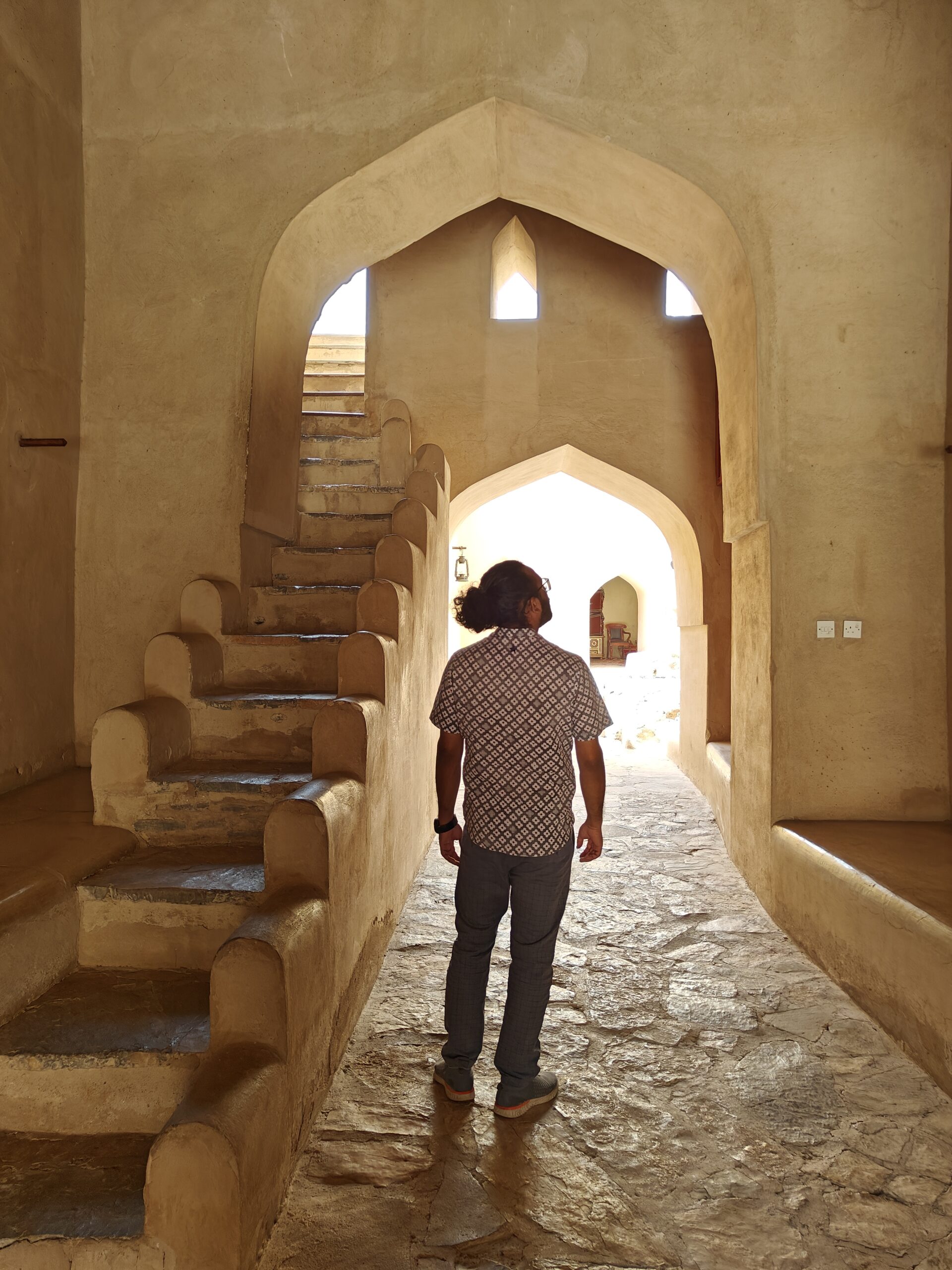
We wandered through the massive Nizwa Fort, climbing its round tower for sweeping views of date palms and distant mountains. The fort’s design speaks volumes of Oman’s strategic past, but also its artistic spirit; every arch and carved door feels like a work of pride. Just outside, the souk was in full swing. Vendors sold everything from silver khanjars to dried limes. We spent hours strolling through market lanes, watching old men bargaining over pottery, young boys threading prayer beads, and bakers pulling hot flatbread from clay ovens.
Why Nizwa?
Nizwa gives you a glimpse of Oman’s soul. It’s a living museum of tradition, where stories are told in stone, spice, and silence.
Breathe in mountain air and terraced beauty in Jabal Akhdar.
Jabal Akhdar, or the Green Mountain, is one of those rare places that feels untouched by time. Perched high in the Al Hajar range, this plateau is known for its cool climate, terraced farms, and dramatic canyon views. The air is crisp, the silence deep, and the landscapes unexpectedly lush for a country known mostly for its deserts.
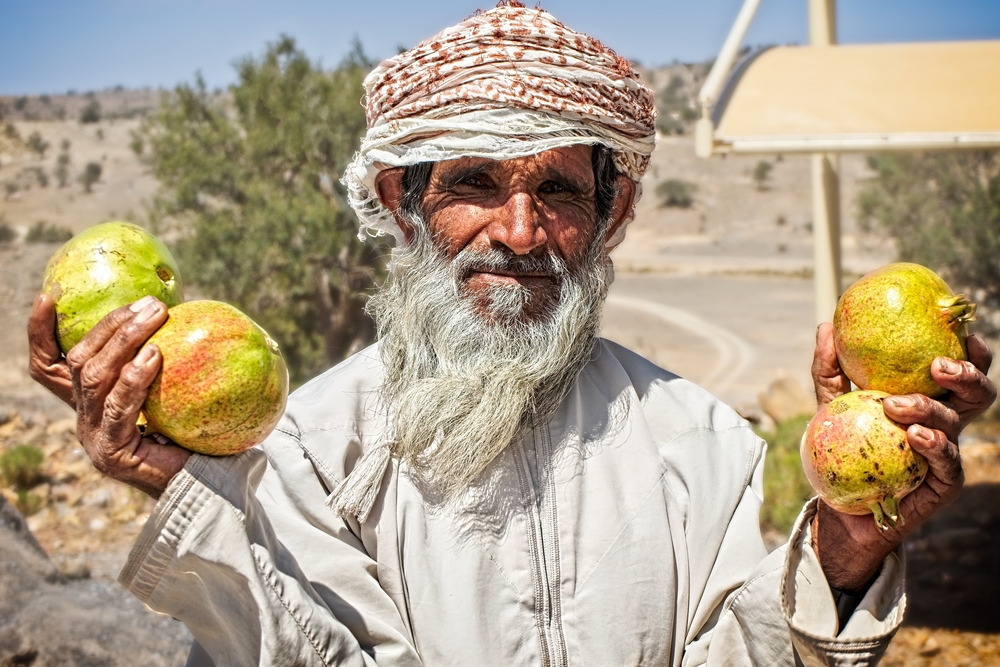
Driving up the winding mountain roads, we watched the terrain shift from arid valleys to blooming rose gardens and fruit orchards. Villages clung to cliff edges, and stone pathways led to centuries-old irrigation channels. We spent an afternoon hiking between the ancient villages of Al Aqur and Al Ayn, pausing to catch our breath not from exertion, but from the sheer beauty around us – pomegranate trees, crumbling mud homes, and views that felt like something out of a dream.
At night, the mountain became quieter still. The stars felt closer, and the chill in the air reminded us how far we were from the world below.
Why Jabal Akhdar?
Jabal Akhdar offers a cooler, quieter side of Oman that many travellers miss. It’s a place for slow hikes, panoramic views, and reconnecting with nature and tradition. If you’re craving stillness with a view, you’ll find it here.
Also, if you’re in the mood to splurge a bit, stay at Anantara Jabal Akhdar and unwind amidst luxury!
Swim through turquoise waters and hidden caves at Wadi Shab.
Wadi Shab is the kind of place that leaves you both exhilarated and awed. Tucked between rugged cliffs and palm-fringed trails, this wadi offers a refreshing escape into Oman’s wild side. You’ll start with a short boat ride across a calm river, then trek along a rocky path that winds past emerald green pools and sheer canyon walls.
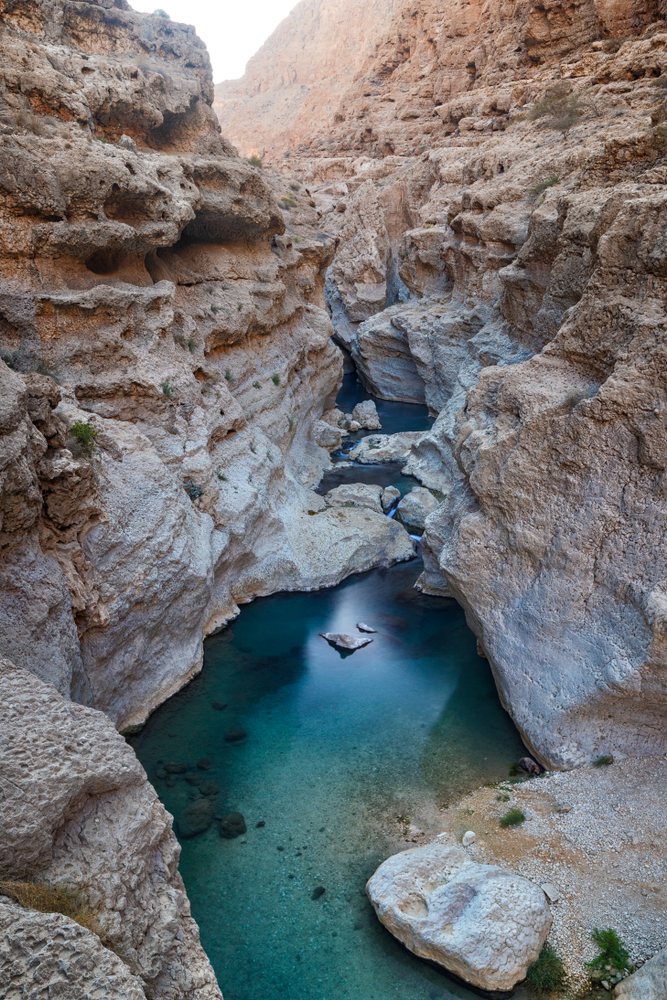
We made the journey under the late morning sun, carrying just what we needed to swim. After about 45 minutes of walking, the trail led us to the cool, clear, and glowing water with an emerald hue. We swam through narrow channels and slipped into a hidden cave with a waterfall at its heart. It felt surreal, like stumbling into a secret world few ever get to see.
Why Wadi Shab?
Wadi Shab is one of the best reasons to visit Oman if you’re seeking natural beauty and a bit of thrill. It’s not just a hike or a swim, it’s an experience that stirs something in you. Adventure here feels raw, real, and entirely unforgettable.
Take a cliffside dip at the stunning Bimmah Sinkhole.
The Bimmah Sinkhole surprises you the moment you lay eyes on it. This stunning limestone crater is filled with cool, emerald-green water that beckons you for a refreshing swim. It’s a rare geological formation that feels both magical and serene.
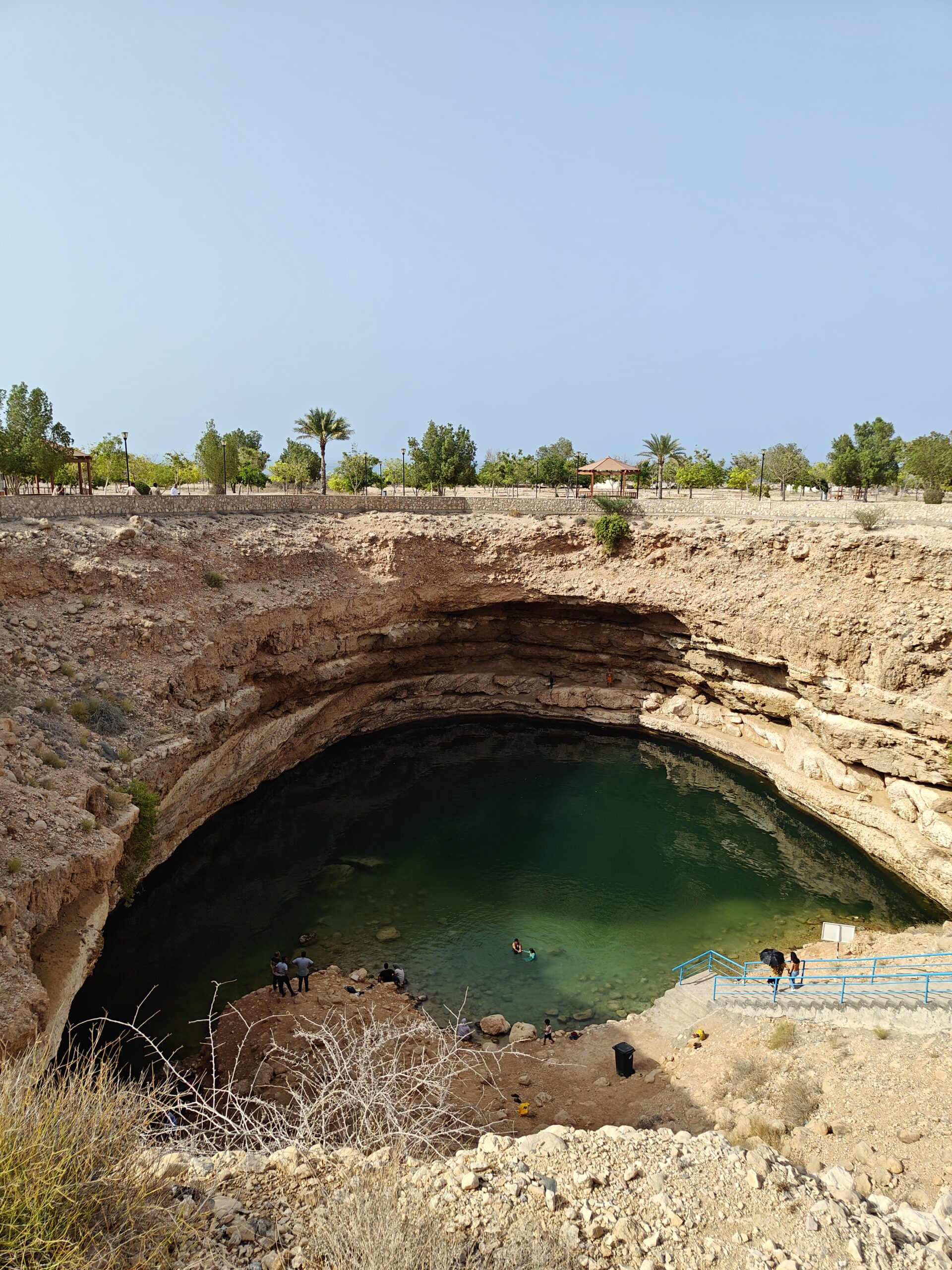
Sourav and I spent an entire afternoon here, swimming in the inviting water and relaxing along the rocky edges, taking in the peaceful surroundings. The sinkhole’s tranquil surface mirrored the sky above, creating a perfect spot to unwind and connect with nature.
Why Bimmah Sinkhole?
Bimmah Sinkhole highlights Oman’s diverse natural beauty. It offers a peaceful retreat where you can recharge and experience one of the country’s most unique landscapes.
Snorkel among vibrant marine life around the Daymaniyat Islands.
The Daymaniyat Islands are a snorkelling haven that feels like stepping into another world. Crystal-clear waters surround these protected islands, revealing vibrant coral reefs and an abundance of colourful marine life beneath the surface. On our way there, we were lucky enough to spot dolphins swimming alongside the boat, adding a magical start to the adventure.
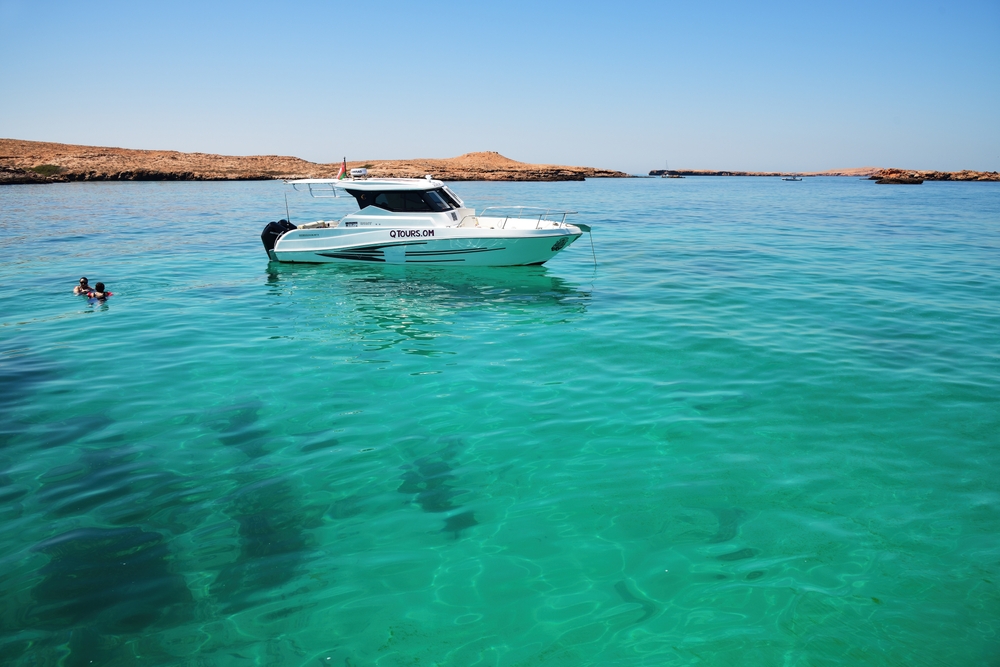
Once underwater, we floated above schools of bright fish, graceful rays, and delicate corals. The islands’ protected status means the ecosystem thrives, making every moment in the water feel like a rare glimpse into an untouched underwater garden.
Why Daymaniyat?
The Daymaniyat Islands offer a unique opportunity to connect with Oman’s rich marine biodiversity. Snorkelling here is not just about the beauty below the waves, but it’s about experiencing nature’s vibrant energy firsthand, making it a must-visit for any nature lover.
Oman is a country of endless discoveries, with so many incredible places waiting to be explored beyond what I’ve experienced. Destinations like the lush oasis of Wadi Bani Khalid, the charming coastal town of Sur with its traditional dhow shipyards, the vast golden dunes of Wahiba Sands, and the green, tropical landscapes of Salalah each offer their own unique stories and adventures.
Though my time in Oman has been limited to just a few of these remarkable spots, every place I visited left a lasting impression. The diversity of landscapes, from rugged mountains and serene wadis to pristine beaches and vibrant souks, makes Oman a destination that continuously invites you to return and uncover more of its magic.
Things to know before you plan a trip to Oman.
Visa Requirements
Indian passport holders need to obtain a tourist visa before travelling to Oman. The process is straightforward and can be done online, with fees typically around INR 4,000. Make sure your passport is valid for at least six months from the date of entry.
[You can check a step-by-step guide to apply for an Oman visa or simply get your visa through Atlys.]
Best Time to Visit
Oman is best explored between September and March, when the weather is cooler and more comfortable. Daytime temperatures usually range between 25°C and 30°C, making it ideal for outdoor activities, desert adventures, and coastal getaways.
Cultural Etiquette and Dress Code
Oman is a conservative country, so dressing modestly is important, especially when visiting towns, villages, or religious sites.
For women: Loose-fitting clothes that cover the arms and legs are recommended. Carry a scarf and socks in case you need to cover your head or feet when entering mosques.
For men: T-shirts with sleeves and shorts that reach below the knee are generally acceptable, but long trousers are required for religious sites.
Western-style clothing like swimsuits, shorts, and dresses is usually fine within resorts and private beaches.
What Locals Wear
Omani men typically wear a white, ankle-length robe known as a dishdasha, often paired with a traditional embroidered cap called a kumma. While tourists are not expected to dress the same, showing cultural respect through modest clothing is appreciated.
Getting There
Oman is well-connected to India, with direct flights from major cities including Delhi, Mumbai, Bengaluru, and Chennai. Most flights land in Muscat, which is the best base to begin your journey.
[You can check your Oman flights here.]
Getting Around
The country has a well-developed network of public transport, including buses, taxis, and ferries. If you want more flexibility, renting a car is a great way to explore at your own pace. Expect to pay around INR 7,000 per day for a rental, depending on the vehicle and season.
Ideal Duration
To truly take in Oman’s diverse landscapes, from mountain villages to desert dunes and coastal gems, plan to spend at least 7 to 10 days. This gives you enough time to explore key regions like Muscat, Nizwa, Jabal Akhdar, Sur, and more without feeling rushed.
Disclaimer: This post contains a few affiliate links. If you happen to click on any of them and make a purchase, I might earn a small commission, at no extra cost to you. Just know that I truly appreciate your support if you choose to do so.

